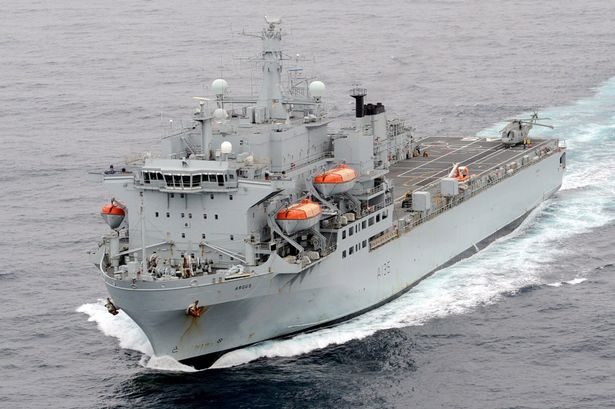Almost one year ago, onUKDefence argued that, without a revised approach, the MoD would always struggle with its Equipment Plan. Moreover, we suggested it needed to redouble its efforts to manage capability across all eight Defence Lines of Development as well as updating its approach to risk management and increasing accounting freedoms. Although last July the MoD deferred publishing a full Equipment Plan report until the ongoing Integrated Review had completed, its financial management is again under scrutiny. And again, the clear conclusion is there is still room for improvement.
National Audit Office Scrutiny
Although a full report has not been published, the Department has undertaken the same depth of financial analysis as in previous years. It is this work that has been scrutinised by the National Audit Office as is the subject if its subsequent report. In headline terms, the NAO report suggests the Equipment Plan continues to be unaffordable and all of Defence has continued to face funding pressures. It does, however, also suggest that the MoD now has the opportunity to re-assess its equipment expenditure, in light of the additional funding announced by the government last November.
The key facts in the NAO report are:
– £197.4 billion, the MoD’s estimated cost of equipment procurement and support projects in the 2020-2030 period.
– £7.3 billion, the Department’s central estimate of the most likely funding shortfall for the 2020-2030 period.
– £1.8 to £17.8 billion, the MoD’s estimate of the range within which the funding shortfall lies, depending on whether risks materialise.
National Audit Office Observations
The NAO remains scathing of the MoD’s financial management abilities. Specifically, it believes that, for the fourth successive year, the MoD’s Equipment Plan is unaffordable. Furthermore, it suggests the Plan doesn’t include the full costs of the capabilities being developed, that over-optimistic or inconsistent adjustments to reduce cost forecasts continue to be made, and capability managers are likely to have underestimated the risks across long-term equipment projects.
The NAO also judges that the MoD has not resolved weaknesses in its quality assurance of the Plan’s affordability assessment. Finally, while recognising some improvement to its approach and presentation of the Plan, the NAO argues that the MoD has not fully addressed the inconsistencies that undermine the reliability and comparability of its assessment.
Media Reaction
Media reaction to the NAO’s report has been surprisingly muted. Focus was predictably aimed at the £17 billion high-end estimate of the potential shortfall, with the Financial Times reporting that the Royal Navy’s funding shortfall was the largest of the three services at £4.2 billion, or 12 per cent of its overall cost. To be fair, the paper also confirmed that the assessment had been made before the additional funding had been confirmed and that Secretary of State for Defence Ben Wallace (Conservative MP for Wyre and Preston North) was “committed to matching ambition with resource for future equipment plans”.
Conclusion
There is little doubt that Defence faces a fundamental problem that, for many years, the ambition of the single services has far exceeded available resources. That, unfortunately, is unlikely ever to change. However, with the new cash injection coming its way, the MoD has the opportunity to break the cycle of short-termism that has plagued its generation and maintenance of military capability. More importantly, it must develop and rigidly apply sound financial management principles Department-wide. If not, the extra cash will simply get frittered away on the bureaucratic treadmill of military expenditure and, five years down the line, Defence will have nothing to show for the Prime Minister’s generosity.






